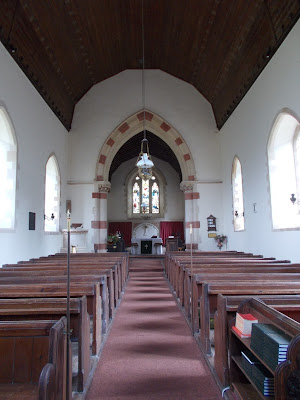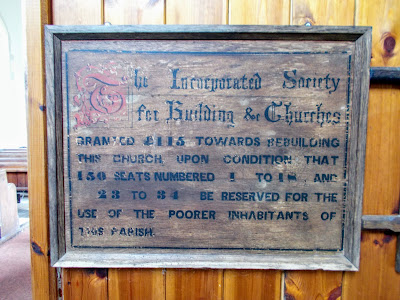Stoates Mill was built in Anchor Street in Watchet in 1832 as a replacement for Little Silver Mill, which was further upstream. It was leased by brothers William and Thomas Stoate. It expanded in the mid-19th century and eventually had ten pairs of water-powered grinding stones. Grain was imported via the port of Watchet and after milling the flour and bran were exported mainly to South Wales.
By 1877 Thomas Stoate had left the business to become a grain merchant. William was joined in the business by his sons William, John and James. A water turbine and steam engine were added in 1885. In 1903 a new turbine was installed. In 1911 a fire damaged most of the mill and the company moved their business to Temple Back Bristol. Stoate & Sons is still in business (now at Shaftesbury 'in Dorset), with the great-great-great grandson of the first William Stoate now running the business.
In 1916 the derelict mill was acquired by the Exmoor Paper and Bag Company, who bought the paper bag plant that had been operating at the nearby Wansbrough Mill. Water power was used at the mill until 1927 when a Gilkes Vortex turbine was installed. This was manufactured by Gilbert Gilkes of Kendal in Cumbria. It was rated at 45 HP and turned at 200 rpm to drive the electrical generator, which powered the works.
The Exmoor Paper and Bag Company used the mill until 1977. The mill buildings were then used by various companies, including Watchet Products Fancy Goods Limited, which was founded in 1978. It made melamine products there but closed down in 1991. The mill buildings were sold on a couple of times but gradually fell into a state of disrepair. Planning permission for conversion of the mill buildings to residential use was granted in 2013 and building work began in 2016. It was completed in 2018.

















